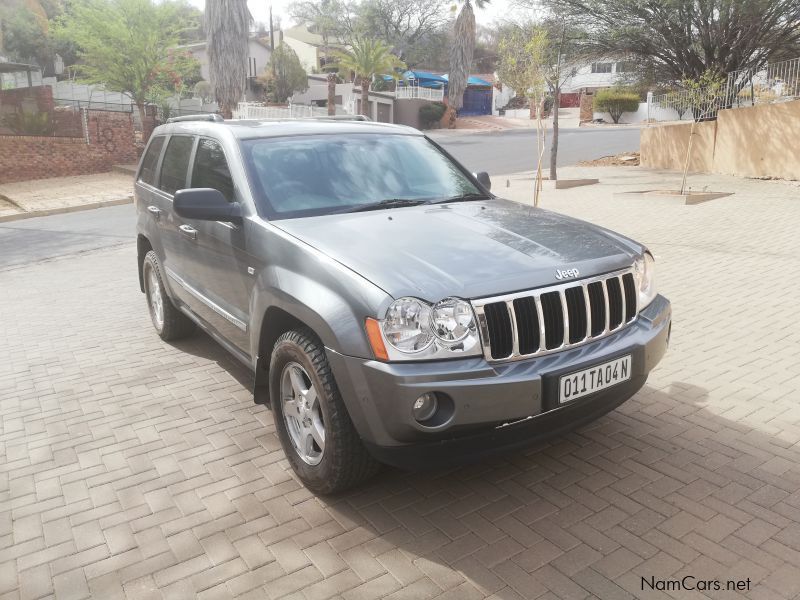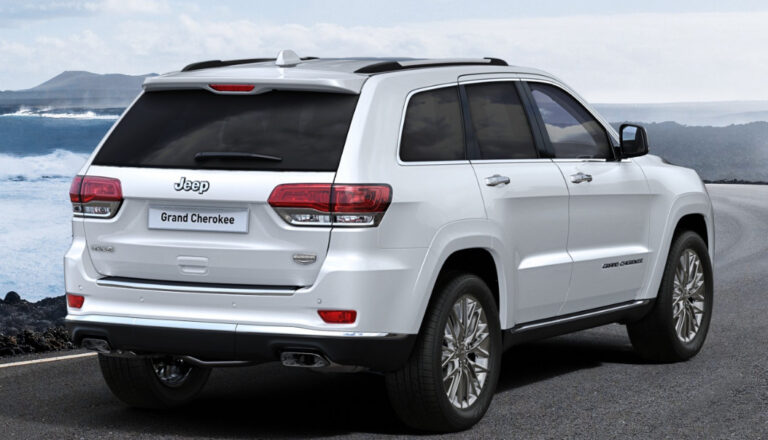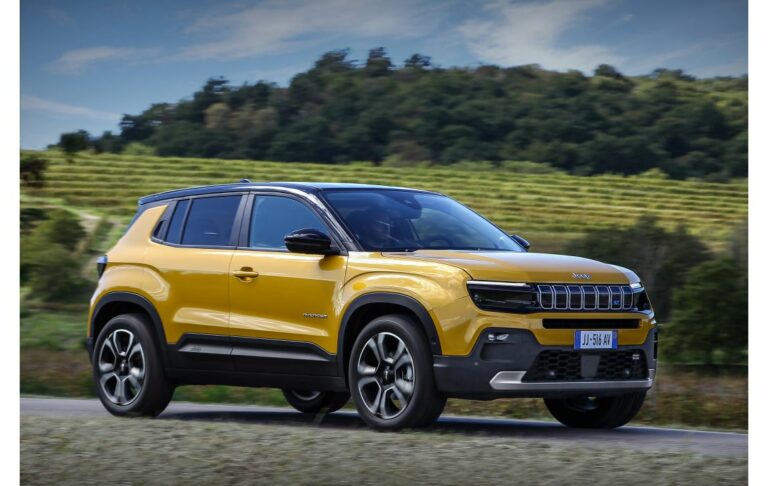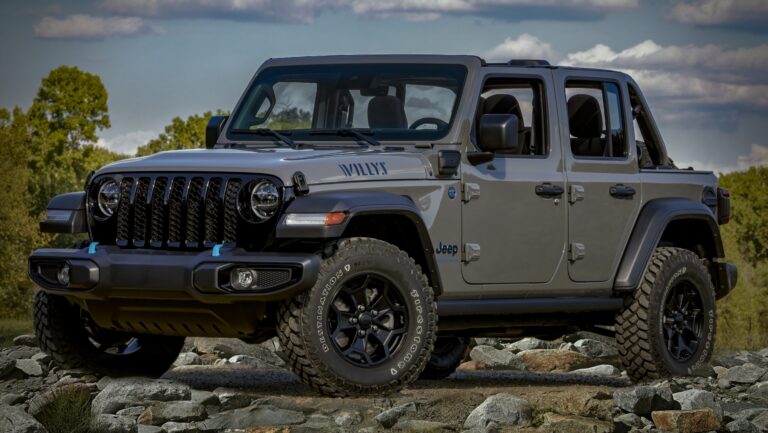1995 Jeep Cherokee Country For Sale: A Timeless Classic Ready for New Adventures
1995 Jeep Cherokee Country For Sale: A Timeless Classic Ready for New Adventures jeeps.truckstrend.com
Introduction: The Enduring Allure of the XJ Cherokee
The automotive landscape is constantly evolving, yet some vehicles transcend their era to become true icons. Among these, the Jeep Cherokee XJ generation, produced from 1984 to 2001, holds a special place in the hearts of enthusiasts and practical drivers alike. Specifically, the 1995 Jeep Cherokee Country model stands out as a prime example of rugged capability blended with a touch of refined comfort. Far from being just another used SUV, a 1995 Jeep Cherokee Country for sale represents an opportunity to own a piece of automotive history – a vehicle renowned for its legendary durability, surprising off-road prowess, and classic, no-nonsense styling. This comprehensive guide aims to delve into everything you need to know about acquiring one of these sought-after machines, from what makes them special to what to look for, ensuring you make an informed and successful purchase.
1995 Jeep Cherokee Country For Sale: A Timeless Classic Ready for New Adventures
Why the 1995 Jeep Cherokee Country? A Timeless Classic
The Jeep Cherokee XJ’s success lies in its revolutionary unibody design, which offered a lighter, more nimble alternative to traditional body-on-frame SUVs without sacrificing off-road capability. The 1995 model year is particularly desirable for several reasons:
- The Venerable 4.0L High Output (H.O.) Inline-6 Engine: This engine is arguably the heart and soul of the XJ. Known for its incredible longevity, robust torque delivery, and relatively simple design, the 4.0L H.O. engine is a workhorse that, with proper maintenance, can easily exceed 200,000 or even 300,000 miles. By 1995, it benefited from years of refinement, offering reliable power.
- OBD-I System: Unlike later models (1996 onwards) which switched to the more complex OBD-II diagnostic system, 1995 models retain the simpler OBD-I system. This can be a benefit for DIY mechanics, as diagnostics might be less complex, and some emissions regulations are less stringent depending on your state.
- Classic Aesthetics: The 1995 model retains the beloved pre-facelift front end, characterized by its iconic seven-slot grille and rectangular headlights, a look many purists prefer over the later rounded designs.
- The "Country" Trim: The Country trim package was designed to offer a more upscale appearance and comfort features while retaining the Cherokee’s rugged core. It typically included two-tone exterior paint, specific wheel designs, roof rack, power windows and locks, cruise control, and often upgraded interior upholstery (often leather or unique cloth patterns). This blend made it a versatile vehicle equally at home on city streets or tackling light trails.
- Built to Last: The XJ Cherokee’s reputation for reliability isn’t just folklore. Its robust drivetrain, sturdy suspension components, and relatively straightforward electrical system contribute to its legendary durability, making it an excellent candidate for a long-term vehicle.
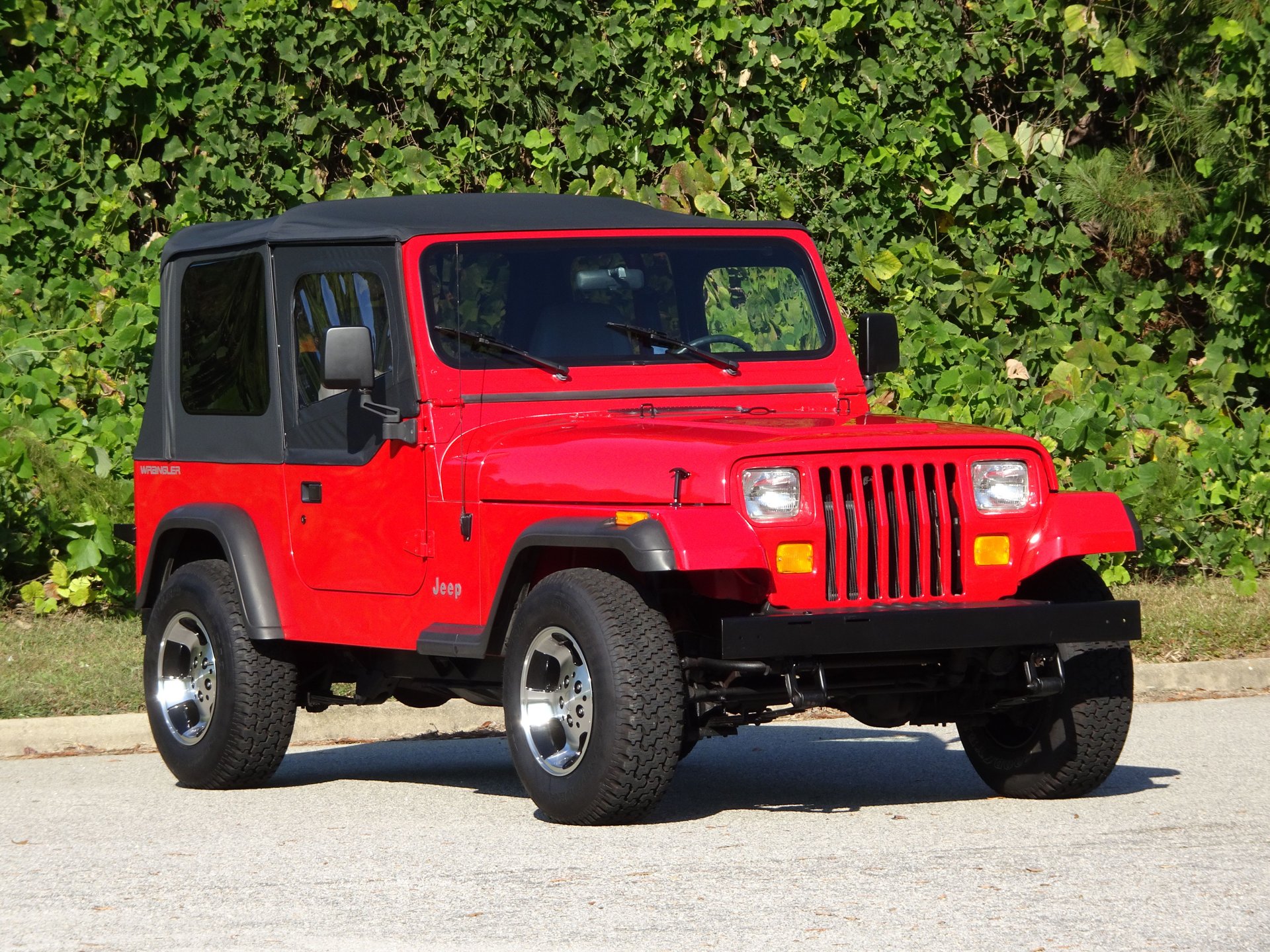
Key Features and Specifications of the 1995 Jeep Cherokee Country
Understanding the core components of a 1995 Jeep Cherokee Country is crucial for any potential buyer.
- Engine:
- Type: 4.0L (242 cubic inch) High Output (H.O.) Inline 6-cylinder
- Horsepower: 190 hp @ 4750 rpm
- Torque: 225 lb-ft @ 4000 rpm
- Fuel System: Multi-port electronic fuel injection
- Transmission:
- Automatic: Aisin-Warner AW4 4-speed automatic (most common and highly durable)
- Manual: Aisin AX-15 5-speed manual (less common in Country trim, but highly sought after)
- Transfer Cases:
- NP231 Command-Trac: Part-time 4WD system, ideal for off-road use, not to be used on dry pavement in 4WD.
- NP242 Selec-Trac: Full-time 4WD system, allowing use of 4WD on all surfaces, including dry pavement, offering more versatility. Country models often came with the Selec-Trac.
- Axles:
- Front: Dana 30 high-pinion reverse cut
- Rear: Chrysler 8.25" (most common and desirable, especially with 29-spline shafts) or Dana 35 (less robust, common in earlier years or lower trims)
- Suspension: Coil springs in front, leaf springs in the rear. Known for its solid axle setup, providing excellent articulation off-road.
- Interior Features (Country Trim Specific):
- Power windows, door locks, and mirrors
- Air conditioning
- Cruise control
- Overhead console (temperature, compass, trip computer)
- Upgraded cloth or leather seating options
- Full instrumentation with tachometer
- AM/FM cassette stereo (CD player optional)
- Exterior Features (Country Trim Specific):
- Two-tone paint scheme (e.g., lower cladding in a contrasting color)
- Body-color fender flares
- Alloy wheels (often 15-inch, unique designs)
- Roof rack
- Fog lights
What to Look For: A Buyer’s Guide to the 1995 Cherokee Country
When evaluating a 1995 Jeep Cherokee Country for sale, a thorough inspection is paramount. These vehicles are nearly 30 years old, and their condition can vary wildly.
-
Rust: This is the XJ’s Achilles’ heel, especially in areas where road salt is used.
- Unibody Frame Rails: Inspect the "frame" rails (the unibody structure) from front to back, especially under the doors and in the rear wheel wells. Any significant rust here is a major red flag.
- Rocker Panels and Floorboards: Check under carpets and behind plastic trim for rust in the floorboards. Rocker panels are also highly susceptible.
- Rear Quarter Panels: Around the wheel wells and behind the rear bumper.
- Door Jambs and Hatch: Inspect these areas for bubbling paint or perforations.
- Suspension Mounting Points: Ensure spring perches and control arm mounts are solid.
-
Engine (4.0L H.O.):
- Leaks: Common leaks include the rear main seal (a minor drip is often tolerated, but heavy leaks are costly), valve cover gasket, and oil filter adapter.
- Cooling System: A weak point. Check for a clean coolant reservoir, proper fluid levels, and no signs of overheating. Radiators, water pumps, thermostats, and fan clutches are common failure points. Look for a clean, green (or orange, if upgraded) coolant color.
- Exhaust Manifold: Listen for ticking sounds, especially when cold. Cracked exhaust manifolds are very common due to heat cycling, but generally not a critical issue unless severe.
- "Death Wobble": While not an engine issue, it’s related to the front end. If the steering wheel shakes violently at certain speeds, it’s likely worn front suspension/steering components (track bar, ball joints, tie rod ends). Factor in repair costs.
-
Transmission & Transfer Case:
- AW4 Automatic: Should shift smoothly, without harsh jerks or slipping. Check fluid condition (red, not brown or burnt-smelling).
- AX-15 Manual: Check clutch engagement, shifter feel, and listen for unusual noises.
- Transfer Case (NP231/NP242): Test all 2WD, 4WD High, and 4WD Low settings. Ensure it engages without grinding and stays engaged. Listen for clunks or grinding during turns or acceleration, which could indicate chain stretch.
-
Suspension & Steering:
- Saggy Rear Leaf Springs: Very common. The rear will often sit lower than the front. Affects ride height and potentially handling.
- Bushings and Ball Joints: Listen for clunks or squeaks over bumps. Inspect for cracked rubber.
- Steering Play: Excessive play in the steering wheel could indicate worn steering box, tie rod ends, or ball joints.
-
Electrical & Interior:
- Power Accessories: Test all power windows, locks, mirrors, cruise control, and air conditioning. Ensure the AC blows cold.
- Gauges and Lights: Check that all dashboard lights and gauges (speedometer, tachometer, fuel, temperature, oil pressure, voltage) are functional.
- Headliner Sag: Extremely common due to age. An easy, but time-consuming, DIY fix.
- Seats and Carpets: Check for rips, tears, and excessive wear.
- Heater Core: Check for a sweet smell inside the cabin or persistent fogging of windows, indicating a leaking heater core (a dash-out job).
-
Documentation & History:
- Service Records: A stack of maintenance receipts is a huge plus, indicating a well-cared-for vehicle.
- CarFax/Autocheck: Run a vehicle history report to check for accidents, salvage titles, or odometer discrepancies.
- Previous Owners: Fewer owners often mean a clearer history.
Owning a 1995 Jeep Cherokee Country: Benefits and Challenges
Benefits:
- Legendary Reliability: With proper maintenance, these Jeeps are incredibly dependable.
- Strong Aftermarket Support: A vast array of parts, upgrades, and modifications are available.
- Excellent Off-Road Capability: Even stock, the XJ is surprisingly capable. With minor modifications, it can tackle serious trails.
- Simple to Work On: Its relatively simple design makes it a favorite for DIY mechanics.
- Classic Styling: A timeless design that continues to turn heads.
- Strong Community: A large, active, and helpful community of XJ owners exists online and in person.
- Affordable Entry: Compared to many other classic 4x4s, the XJ offers excellent value.
Challenges:
- Fuel Economy: Don’t expect hybrid-like MPG. The 4.0L, while robust, is thirsty, typically delivering 15-20 MPG.
- Rust Potential: Requires vigilance, especially if you live in a rust-prone region.
- Older Safety Features: Lacks modern safety tech like airbags (only driver-side in 1995), ABS (optional), and stability control.
- Common Maintenance Items: Be prepared to address cooling system components, various fluid leaks, and worn suspension parts as part of regular maintenance.
- Finding a Well-Maintained Example: Many XJs have been neglected or heavily modified. Patience is key to finding a good one.
Tips for a Successful Purchase
- Set a Realistic Budget: Beyond the purchase price, factor in immediate maintenance (fluids, filters, spark plugs), and potential repairs (tires, brakes, common XJ issues like a sagging headliner or leaky rear main seal).
- Research Market Values: Use online classifieds (Facebook Marketplace, Craigslist, dedicated forums, Bring A Trailer for high-end examples) to get a sense of current prices for various conditions.
- Perform a Thorough Inspection: Follow the buyer’s guide above. Bring a flashlight, magnet (to check for body filler over rust), and even a friend who is knowledgeable about XJs.
- Get a Pre-Purchase Inspection (PPI): If you’re not confident in your own inspection skills, or if the vehicle is located far away, invest in a PPI by an independent mechanic familiar with Jeeps.
- Test Drive Extensively: Drive at various speeds, including highway speeds. Test the brakes, steering, and acceleration. Engage 4WD (if safe and appropriate for the surface). Listen for any unusual noises.
- Negotiate Based on Condition: Use any identified flaws or needed repairs as leverage in your negotiation.
- Consider Insurance and Registration: Factor in these ongoing costs. Classic car insurance might be an option if it’s not your daily driver.
1995 Jeep Cherokee Country Estimated Price Guide
The price of a 1995 Jeep Cherokee Country can vary significantly based on its condition, mileage, maintenance history, and geographic location. The "Country" trim, with its added features, generally commands a slight premium over base models.
| Condition Category | Description | Estimated Price Range (USD) | Key Factors Influencing Price Understanding the Table:
- Condition: This is the primary driver of price. A meticulously maintained Country will command a premium over a "daily driver" with some flaws.
- Mileage: Lower mileage generally correlates with higher prices, assuming maintenance has been consistent.
- Maintenance History: Comprehensive records significantly boost value.
- Rust Level: Minimal to no rust increases value; extensive rust severely depreciates it.
- Modifications: Well-executed, desirable modifications (e.g., quality lift kit, upgraded bumpers) can add value, but poorly done or extreme mods can detract.
- Geographic Location: Prices can vary regionally based on demand and climate (e.g., rust-free Western states often see higher prices).
Frequently Asked Questions (FAQ)
Q1: Is the 4.0L engine in the 1995 Jeep Cherokee reliable?
A1: Yes, the 4.0L High Output (H.O.) inline-6 is widely considered one of the most reliable engines ever built. With proper maintenance, it’s common for them to last well over 200,000 to 300,000 miles.
Q2: What’s the difference between Command-Trac (NP231) and Selec-Trac (NP242) transfer cases?
A2: The NP231 Command-Trac is a part-time 4WD system, meaning it should only be used on loose or slippery surfaces. The NP242 Selec-Trac is a full-time 4WD system, which can be used on dry pavement, offering more flexibility for various driving conditions. Many Country models came with the more versatile Selec-Trac.
Q3: Are parts hard to find for a 1995 Cherokee?
A3: No, parts are generally very easy to find. Due to the XJ’s long production run and popularity, both OEM and aftermarket parts are readily available and often affordable.
Q4: What kind of fuel economy can I expect?
A4: Don’t expect great fuel economy. A 1995 Cherokee with the 4.0L engine typically gets between 15-20 miles per gallon, depending on driving habits, terrain, and vehicle condition.
Q5: Is the 1995 Cherokee Country good for off-roading?
A5: Absolutely. Even in stock form, the XJ Cherokee is surprisingly capable off-road. Its solid axles, relatively short wheelbase, and robust drivetrain make it a favorite for trail enthusiasts.
Q6: What are the most common problems to look out for?
A6: The most common issues include rust (especially in rocker panels and floorboards), cooling system failures (radiator, water pump, fan clutch), exhaust manifold cracks, various fluid leaks (rear main seal, oil filter adapter), and saggy rear leaf springs.
Q7: Should I buy one with high mileage?
A7: High mileage isn’t necessarily a deal-breaker for a 4.

